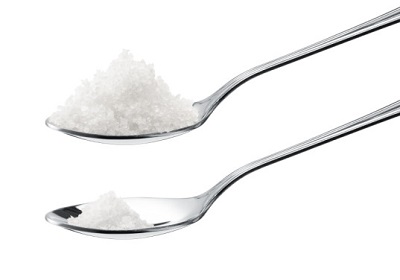“By separating fact from fiction regarding MSG, consumers can make more informed decisions about their food choices, potentially enjoying a wider range of flavorful options without unnecessary restrictions based on outdated or misunderstood information.”
-Serena Summer writing for Rolling Out on March 16, 2025
Excerpts from this article:
“MSG is simply the sodium salt of glutamic acid, an amino acid that occurs naturally in numerous foods we consume daily.”
“The disconnect between MSG’s scientific profile and public perception represents a peculiar case where cultural attitudes have overshadowed evidence-based understanding. This gap has led to significant confusion among consumers trying to make informed dietary choices.”
Challenging MSG Myths
 “Nutritionists point out a fact that may surprise many consumers: MSG actually contains less sodium than regular table salt. This characteristic makes it potentially useful for individuals seeking to reduce their sodium intake while maintaining flavor in foods.”
“Nutritionists point out a fact that may surprise many consumers: MSG actually contains less sodium than regular table salt. This characteristic makes it potentially useful for individuals seeking to reduce their sodium intake while maintaining flavor in foods.”
“One notable study found that individuals who consumed soup containing MSG actually ate less than those who did not, suggesting potential benefits for appetite regulation rather than adverse effects.”
“MSG appears in a wide range of foods, both as a naturally occurring compound and as an added ingredient… Additionally, MSG occurs naturally in foods many consider healthy and desirable. Mushrooms, aged cheeses, tomatoes, and garlic all contain natural glutamates that provide the same umami flavor profile as added MSG.”
“Understanding that MSG represents just one factor in overall dietary quality can help consumers make more nuanced food choices based on nutritional value rather than avoiding specific ingredients without context.”
Read the full article on Rolling Out debunking MSG myths here.
Learn more about MSG’s well-documented safety here.



